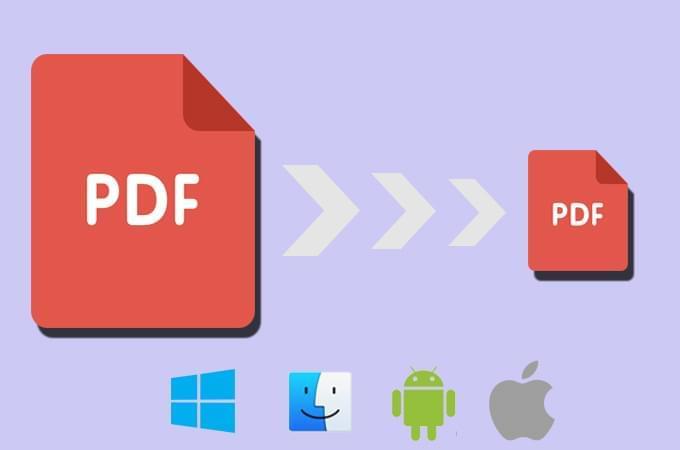

Good thing is, there are a large number of image editors and compressors offered on the market that can help you reduce photo file size. PNGs are better for clearer images.For different needs, you want to make image smaller. JPGs are better for a quick loading website. PNGs support transparency, and it is the best option for website logos that need to appear on various color backgrounds. What kind of file type should I use for my website logo? If you are looking for a high quality, clear image, choose a PNG. If you want a fast loading compressed image, choose a JPG format. That depends on what you are looking for. What is the best image format for a website?

Here are some of our favorite compression tools for your images: No matter what format you use, it's important to find the right balance between size and clarity. And, as you probably know, GIFs also support animation. GIFs are commonly used for website buttons and occasionally icons. With that color limitation, you would avoid the GIF format if you were saving a photo, any illustration with a gradient, or any other colorful image. GIF - GIF files use the 265 colors from RGB, but like their PNG counterpart, they are lossless. So, when you zoom in and out of the file (or increase/decrease the size), the lines points and curves follow a mathematical equation. Instead, the file is made up of lines, points, and curves. Unlike raster images, vector images are not made up of solid color pixels. SVG - Unlike JPGs and PNGs, the SVG file type is vector, meaning you can increase and decrease the size of the image indefinitely and never get a blurry outcome. THE GIF and SVG are also popular image file types for websites.

It wouldn’t be fair to end the age-old debate of PNG vs JPG if we didn’t mention 2 other file types.
#How to reduce a file size of a jpg for a web page how to#
How to Choose The Best Image File Type for Your Website


 0 kommentar(er)
0 kommentar(er)
